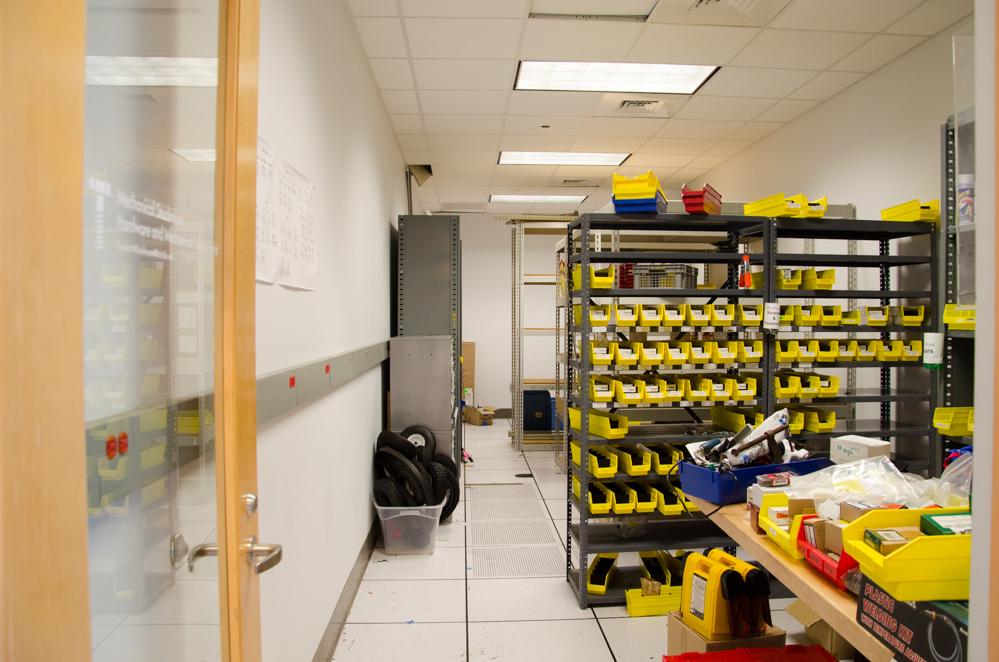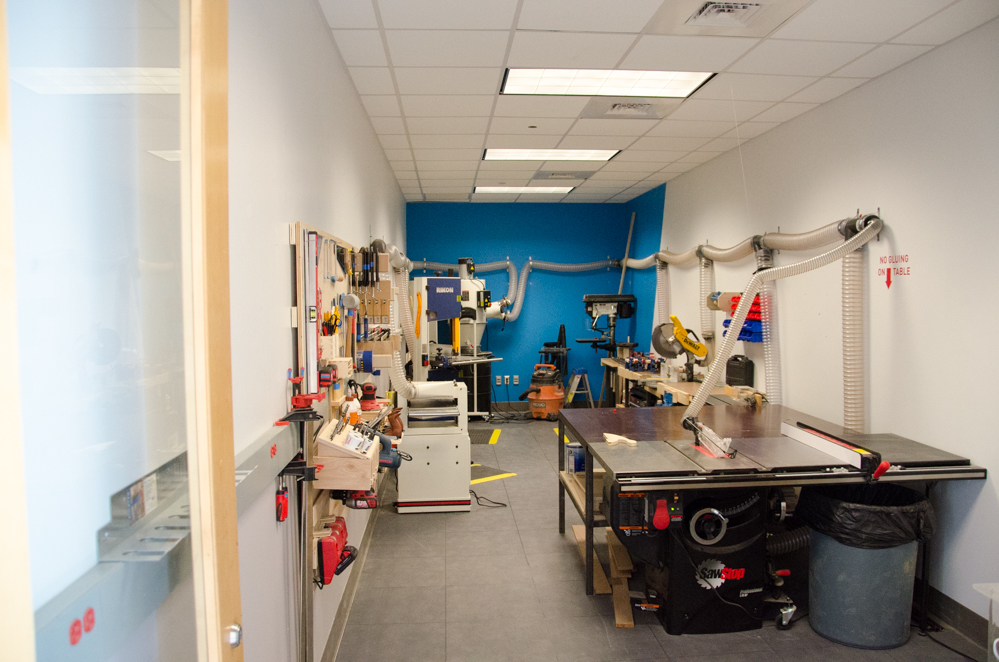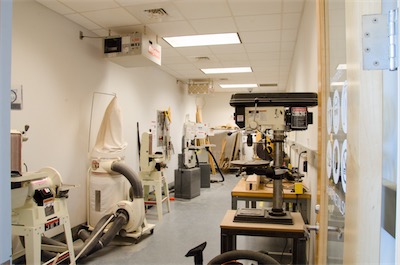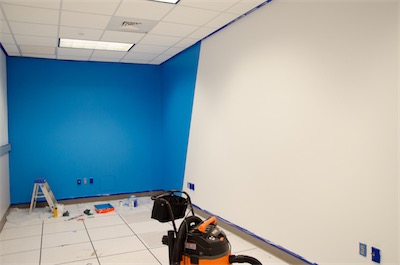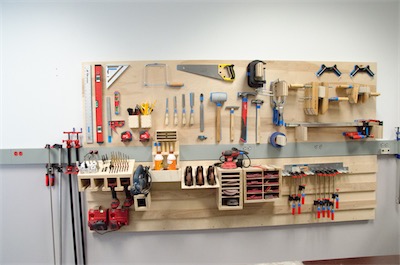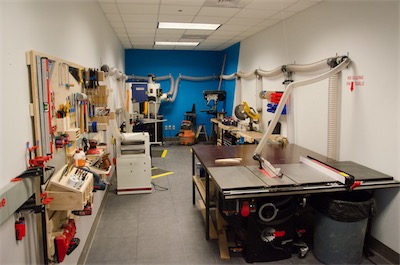Creating the
Advanced Woodshop
Current State and Culture
Students and the larger Olin community lack resources dedicated to advanced woodworking. Currently, the Olin fabrication spaces are very strong in metal, and rapid prototyping resources (laser cutting, 3D printing, etc.). The renovation plans for The Shop include a space for advanced woodworking to supplement our existing fabrication spectrum. By creating an advanced wood shop as a pilot in the meantime, we have the opportunity to experiment with the types of tools and equipment needed to create a useful and high-impact woodworking space for student projects in the future.
The advanced wood shop will meet current and future demands of the curriculum (and the broader learning continuum). Courses like Principles of Engineering, Introduction to Mechanical Prototyping, User-Oriented Collaborative Design, Affordable Design and Entrepreneurship, and others construct primarily out of wood because wood is cheaper than metal and is readily available locally. The current woodworking resources do not meet all of the needs for those courses and extracurricular activities.
Opportunities and Pain Points
This experiment will allow greater insights into potential future shop renovations and upgrades by helping us understand the demand for wood tools. From a curricular perspective, wood as a fabrication material is widely adopted already, particularly when used with the laser cutter and the ShopBot CNC router. The current wood shop in Academic Center 207 primarily acts as fabrication support for classes in the design studios, such as Design Nature and UOCD, which require light wood and plastic prototyping with “green” safety level tools. However, there are few resources available for the community in more advanced wood working tools such as planers, table saws, routers, jointers, and wood lathes.
Currently, several “red” safety level tools are located in Academic Center 207, but they are locked down and require special permission from the shop staff to use. This experiment would consolidate fabrication resources on the first floor of the Academic Center and streamline access control for “red” safety level tools by removing those tools from Academic Center 207.
Goals
- Provide new entry points into fabrication - Many courses and learning experiences at Olin either require or can benefit substantially from making something physical. Our goal is to increase the inclusivity and accessibility of fabrication broadly by establishing yet another entry point into making for students and other community members.
- Improve capabilities - Olin's existing tools for woodworking are relatively minimal - a bandsaw, chop saw, and belt sanders. We would like to give students the tools to do more advanced and precise fabrication in wood.
- Expand the spectrum of fabrication processes - Wood is a fantastic prototyping material because it's inexpensive, readily available, fast to work with, and can be machined with smaller, less powerful machines than are required for metal. This project will provide resources that fill a notable gap in the spectrum of Olin's fabrication tools to go from sketch model to a finished design.
- Build the culture of student stewardship - The concept for the new advanced woodshop will be student-developed, and it's operation will be managed primarily by students. Student autonomy and ownership of the project will help to build a culture of student engagement and stewardship.
- Understand demand for woodworking - The advanced woodshop is an experiment intended to help
us learn and understand the extent of the demand for woodworking resources in the Olin community. After it opens,
we will track usage and training in the space to get a sense of that demand compared to other prototyping tools
like laser cutting and 3D printing
Tensions and Challenges
- Space constraints - The proposed space (formerly the mechanical engineering stockroom) is relatively small, and woodworking takes space to do safely. It will be a challenge to balance providing machines/capability with ensuring that the space remains safe, uncluttered, and usable for small groups of students.
- Accessibility vs. capability - Many woodworking tools require significant instruction and practice to master (eg. chisels and hand planes). We want the resources in the advanced woodshop to be as accessible as possible, but we must balance access with training that helps students be safe and proficient in their use of tools.
- Demand - We are aware that there is substantial pent-up demand for more extensive woodworking resources on Olin's campus. We expect initial demand to be trained in the space to be very high. This creates a tension between spending time training versus outfitting and reconfiguring the space in realtime based on what we are learning from the experiment.
- Physical distance from The Shop - The advanced woodshop is at the opposite end of a long hallway. The lack of physical integration with existing fabrication resources will mean students and Shop staff and faculty will need to be proactive about engaging with the space.
Metrics for success
- Increased use of wood as a medium in the curriculum (and the broader learning continuum).
- Better utilization of tools in the greater fabrication spectrum.
- Increased student engagement in stewardship of shop spaces.
